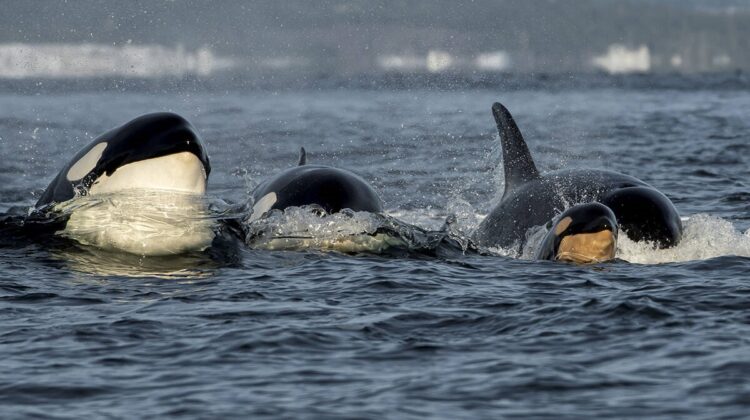
Whale researchers have reported on their findings. In the Salish Sea, there are 21 new humpback whale calves.
Whales traveling through the seas around Greater Victoria have had a promising year, with a record-breaking number of sightings of one species and numerous fresh-faced calves in others.
According to the Pacific Whale Watch Association, the largest success story was with Bigg’s killer whales, who were observed on 329 days of the year. Based on reports from whale watchers, regional seeing clubs, and shore-based observers, this equates to a record-breaking 1,067 distinct sightings.
In 2019, the previous high of 747 unique sightings was set.
The Bigg’s whale population continues to expand, thanks to an adequate supply of marine animals such as seals and sea lions. In 2021, 11 new calves were born, including the most recent T124A7, which was seen in Victoria on New Year’s Eve by the whale association. According to the Department of Fisheries and Oceans Canada, the population rises by more than 4% per year.
The future for the endangered Southern Resident killer whales isn’t as bright. These whales, who rely on a dwindling supply of salmon, were seen on the fewest number of days of any species in 2021, a total of 103 days.
Despite this, Sealife Response Rehab Research, a Seattle-based research company, recorded three pregnancies among Southern Resident killer whales in September. There haven’t been any calves yet.
Humpback whales were seen most frequently in 2021, with 301 days, gray whales 149 days, and minke whales 148 days.
